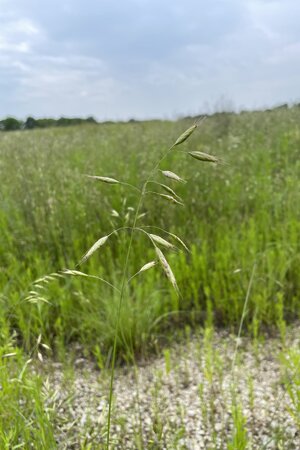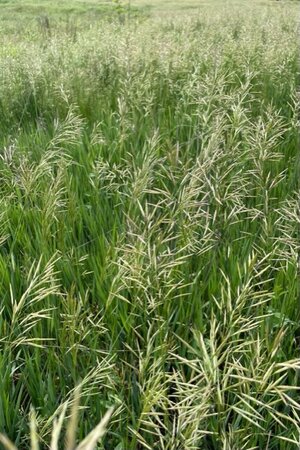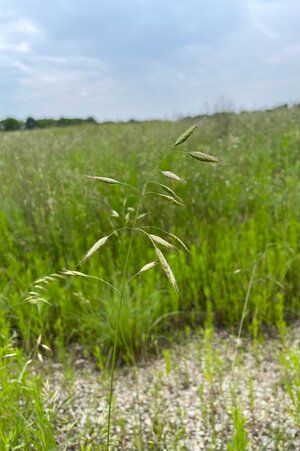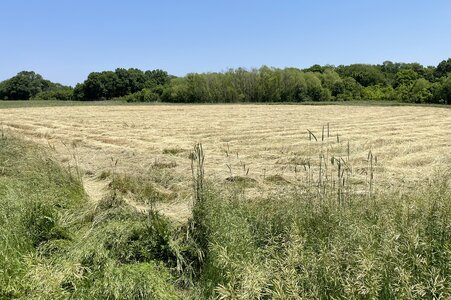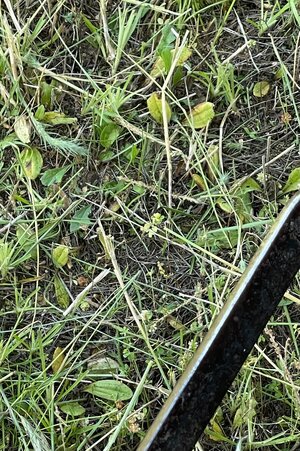KSQ2
Well-Known Member
Our plots are absolutely abysmal with the ongoing 2.5 year drought. I have not found one clover leaf in 5 acres of plots spread over 3 different properties. With the blank slate provided by the dead clover and the winter rye getting outcompeted in a couple plots, I now have an uphill climb that I’m not very optimistic about. Throw and mow is now out of the question, I don’t know if I’ll ever be able to attempt regenerative plotting again. So, with plotting conventionally this fall, how late am I going to have to start in order to kill all this cool season grass? I’ll post a couple pics to show what I’m dealing with, in one plot the grass is so thick you cannot see the ground anywhere in the half acre. I don’t mind spraying and then planting all the way into late October if necessary. I don’t want to have to kill the grass in spring, these new starts are going to greatly benefit from the winter rye and I don’t want to have to kill it in March with cool season grasses.
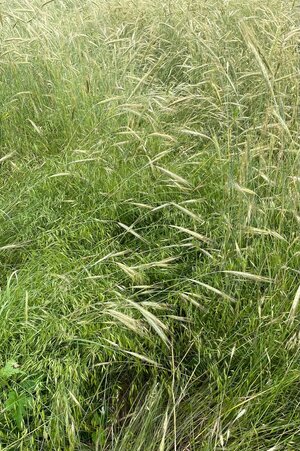

Here’s a closeup of what dominated the winter rye. I spread the rye HEAVY last fall too.



Here’s a closeup of what dominated the winter rye. I spread the rye HEAVY last fall too.


